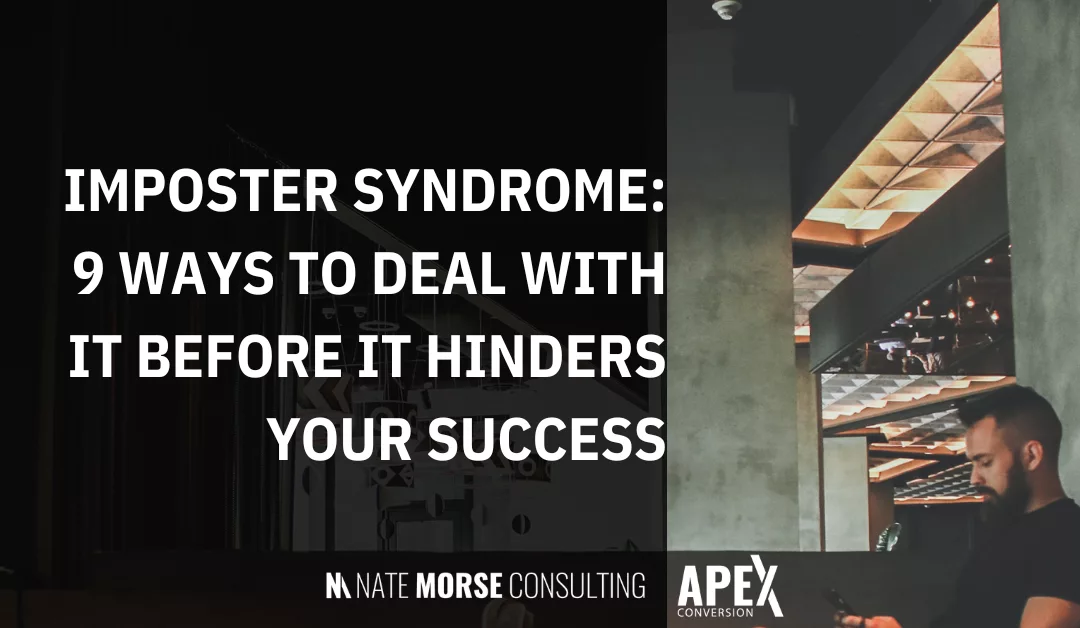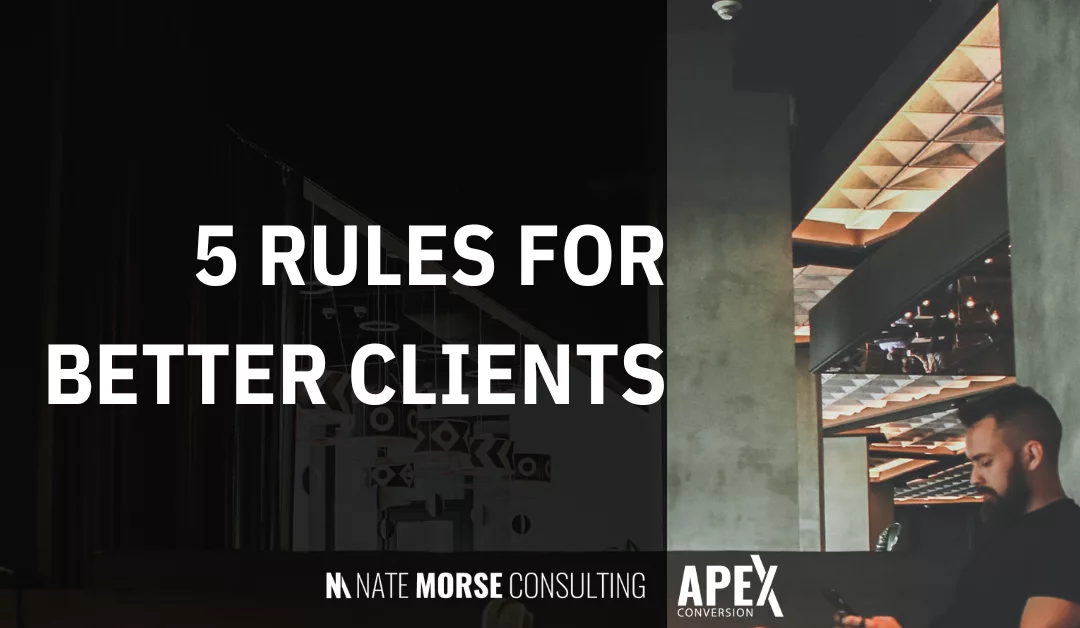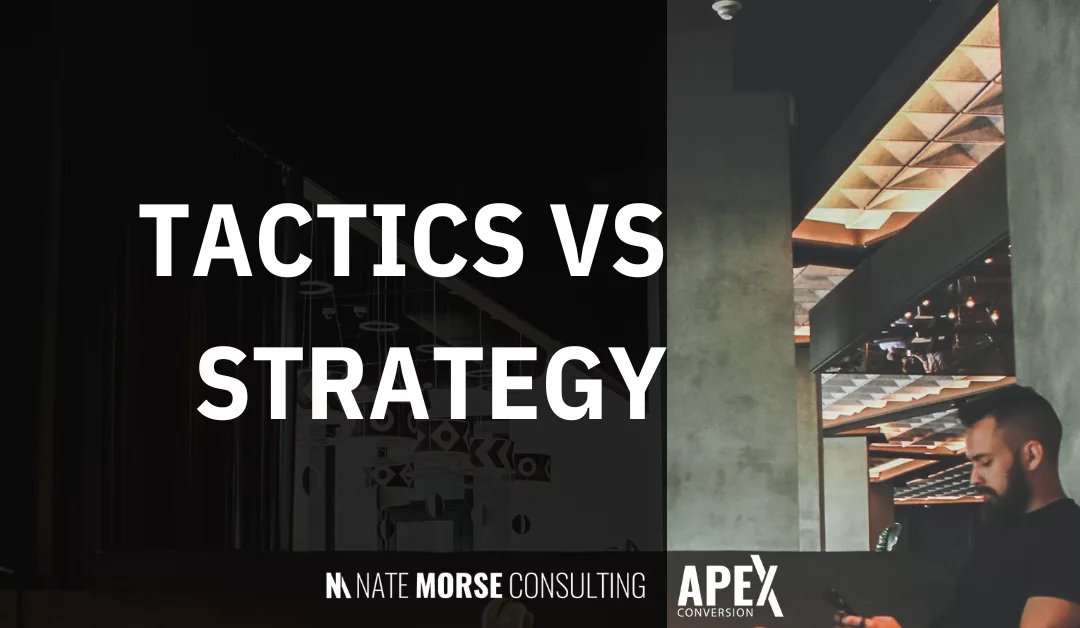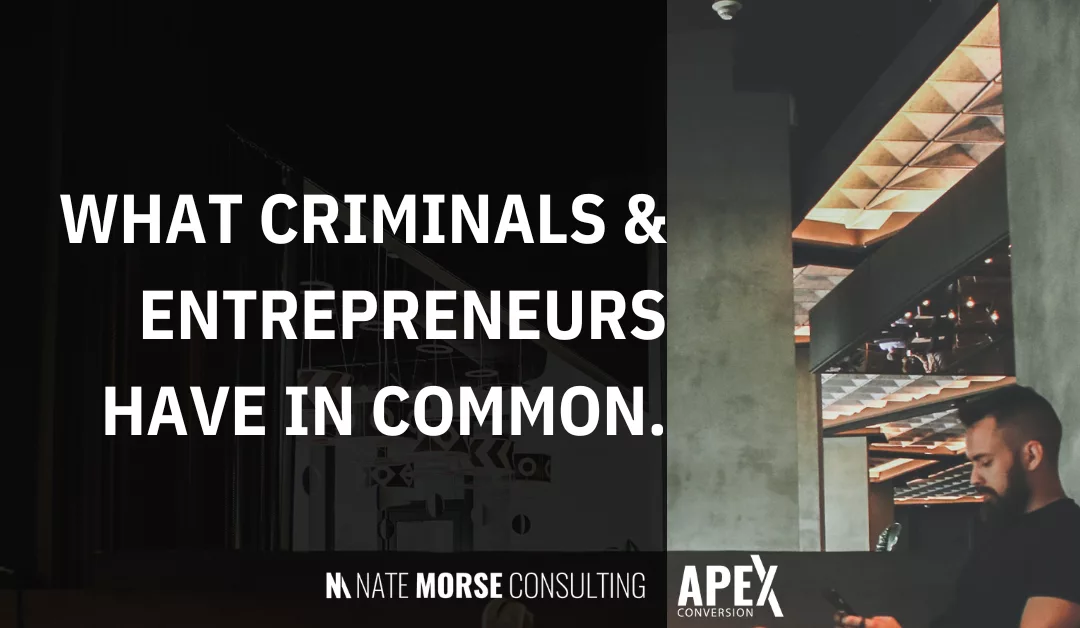
Imposter Syndrome: 9 Ways to Deal With It Before It Hinders Your Success
“Am I good enough?”
“Did I get lucky?”
You’re not alone.
It’s common for high-performers to feel self-doubt, or “Imposter Syndrome”.
That gnawing feeling of unworthiness.
A constant internal questioning – did I just get lucky? Am I REALLY good enough?
This feeling is a sign that you’re pushing the boundaries.
But don’t let these feelings stop you.
Here are 9 ways to help you navigate it:
Acknowledge It:
Become aware of your feelings.
Understand it’s common among high-performers to experience this.
Express Your Feelings:
Recognize and name the feeling.
You’re encountering “Imposter Syndrome”, a totally normal experience shared by many high-achievers.
Mindful Awareness and Rewiring Neural Pathways:
I made a discovery last week.
Often, imposter syndrome is rooted in deep-seated conditioning from our past.
To combat this, practice mindful awareness in the moment.
When you notice self-doubting thoughts, pause and objectively analyze them rather than immediately identifying with them.
This mindful check allows you to become un-identified with these thoughts, breaking from the “schema” and it’s choke-hold on you.
Doing this consistently creates new neural pathways, gradually replacing the old patterns of self-doubt with more empowering beliefs.
This technique not only helps in the immediate moment but also contributes to long-term mental resilience and self-assurance.
Share Your Feelings:
Talk to a mentor, colleague, or friend.
Entrepreneurs specifically, don’t share enough of this, in my opinion.
You might be surprised to find others feel the same way, and sharing can be liberating.
Reframe Your Thinking:
Switch your mindset.
View challenges as growth opportunities rather than proof of your inadequacy.
Build Confidence By Looking at Wins:
Keep a record of your wins, big or small.
Reflecting on them can remind you of your abilities.
Seek Feedback:
Don’t be your own harshest critic.
Ask others for their perspective on your value in the marketplace.
Or get help. If you are looking for help with LinkedIn, book a call with me and I will personally give you feedback and what I would do differently.
Set Goals That Bring Confidence:
Just like when you were a kid and you used a magnifying glass to burn leaves.
If the focus is too broad, you’ll never burn that leaf.
However, if the magnifying glass focuses the sun, you will be confident it will burn.
This is how we feel about our focus.
Understand Perfection is a Myth:
Embrace the human experience.
Making mistakes and having room to grow doesn’t mean you’re a fraud, it means you’re growing..
Visualize Success:
Focus on what success means to you in extreme detail.
Visualization can shift your fears into action.
A Parting Note
Dealing with imposter syndrome is a journey, not a destination.
Remember, it’s not about eradicating these feelings, they will come again I promise you that.
It’s about learning how to navigate them as you continue to grow and reach new levels..
You’ve got this.





